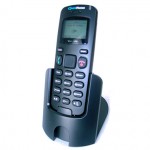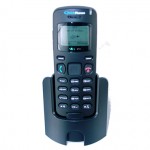Asterisk’s Popularity Continues to Grow
Unless you’ve been living under a rock for the last few years, you know all about Asterisk’s meteoric rise to national acclaim. The open source telephony platform, originally constructed by Mark Spencer to avoid paying an ungodly sum of money for a telephone system, just recently turned nine years old – and shows no signs of slowing down.
According to a release published this morning, Asterisk has been downloaded over 1.5 million times in 2008 – the highest one year total ever. Oh – and that number is more than 50 percent of last years number.
Perhaps what is most intriguing about this announcement is not the fact that Asterisk has been downloaded 1.5 million times in 2008 – but the fact that the number could be substantially larger in 2009. Why?
- You might not have noticed, but the economy sucks. People love free and when you have little money – a DIY Asterisk deployment starts looking a little more realistic.
- Asterisk truly is a more then a phone system. Thanks to it’s flexibility, folks are now embracing the platform as a way to create voicemail systems, conference bridges and gateways among other things.
- The community continues to grow. The community is as active and involved today, as it was in 2003 when I first start working with it.
- Digium is doing the right things. It is not easy balancing the needs of a for-profit business with that of a open source project, but to date Digium continues to work diligently to ensure that when one side wins, so to does the other.
Now open source isn’t for everyone. However it is continuing to gain acceptance with customers at all levels – and I bet you’d have a hard time naming too many others in this space who can lay claim to the fact that their software got into the hands of over 1.5 million people in 2008.
How’s that for proof that open source is a viable solution?





